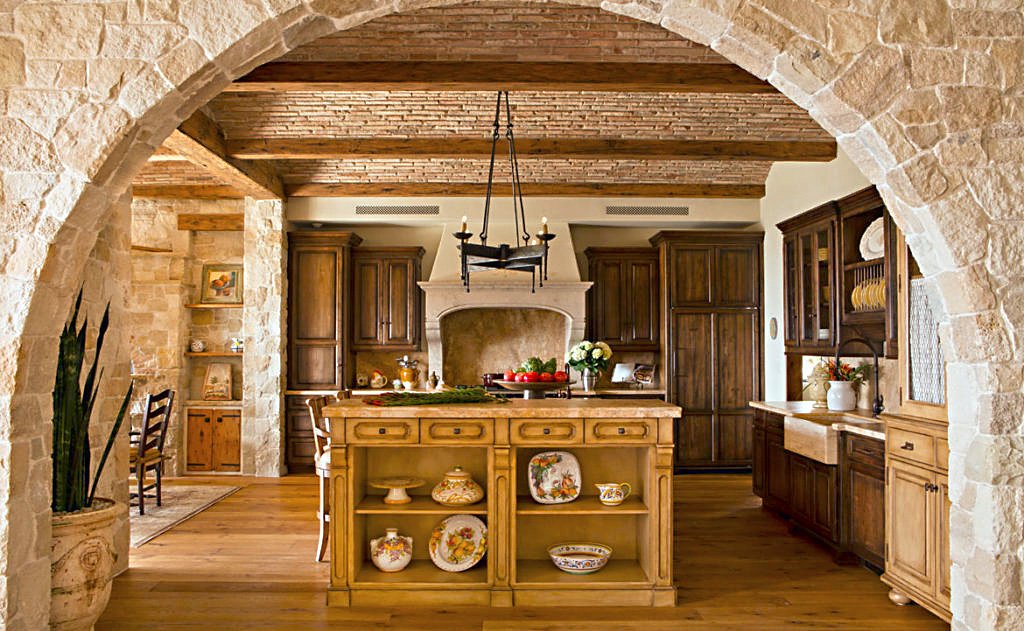Architectural Lighting Inspired by Different Eras of Design
 |
A linked-circle chandelier designed for an airy beach house. Design by Laura Brophy Interiors. |
 | |
Gerald Olesker |
S
ince ADG Lighting's launch in 2004, owner Gerald Olesker has dedicated the brand to merging architecture, lighting design, and trade knowledge. His lighting concepts rise above trends. Instead, Olesker and his team apply a modern twist to design elements from the past century. By modifying each design to the requirements and aesthetics of the client’s space, ADG Lighting creates pieces that flow comfortably with the surrounding architecture.
Although ADG Lighting offers a lookbook online, their work is entirely custom. Clients select inspiration images and send in photographs of their space. Then, Olesker and his project managers design original fixtures that integrate into the client’s environment. To be exceptional, lighting should enhance the architectural context. “If you want something truly unique,” he says, “you should be working with a company like ADG to elevate the practices in architecture.”
Here, Incollect talks with Olesker about his architectural take on modern and historic design.
 |
 |
A polished metal chandelier from ADG Lighting in a contemporary dining room. |
What’s new at ADG Lighting? What new products are you releasing, and what custom projects are you taking on?
We have brought on 15 new sales and project managers throughout the US. We want to be able to engage with beautiful homes on a one-on-one basis—which is especially helpful since we’ve been dealing with the pandemic for the past year and a half. A lot of people have been isolated. We are also releasing more than 300 new pieces, including furnishings. Our new hashtag on social media, #adgAdvantage, helps show how we showcase architecture through the design and fabrication of lighting and furnishings. With the hashtag, we highlight how we are a key behind-the-scenes resource for many designers and architects.
 |  |  | |||
Jen Talbot | Cone Large |
|
Tell us about some of your favorite pieces from your newer collections.
We have a new piece inspired by Italian architect Gio Ponti. We also just created outdoor furnishings for a home in Greece.
 |
| ||||||
How do historical influences show up in your work?
I was trained as an architect, so it’s always a pleasure to study what was done by those before us. In particular, I look at the interaction of architecture and blacksmith work, visible in the designs of Wallace Neff, Paul Williams, and Gordon Kaufmann.
 |
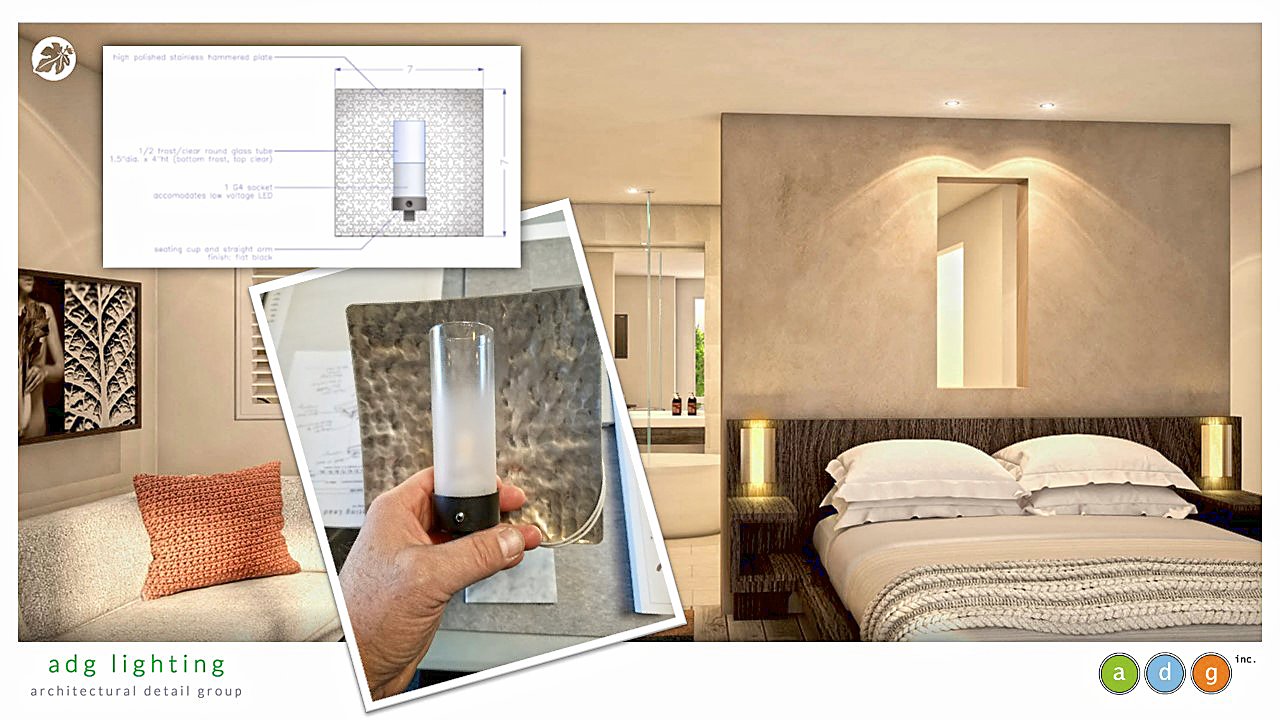 | _1.jpg) | |
Top: Olesker recently worked on a custom project for Hotel Cerro in San Luis Obispo. ADG Lighting designed fixtures throughout the space, including for the in-house spa (pictured above). Bottom, left: Lantern-style sconces were designed for the guest rooms at the hotel. Bottom, right: A chandelier designed to complement a tin ceiling. | ||
Could you talk about a recent historic project you worked on?
Yes, we worked on the Hotel Cerro project in San Luis Obispo (SLO). The hotel used core buildings that were part of the historic fabric of downtown SLO. We reflected that history in our design while also tying in modern segments of the buildings. We created bedside lamps using pounded stainless steel—a traditional blacksmith method—but in a more modern fashion, weaving the old and the new. In hallways, we crafted small handheld lanterns forged in brass as a nod to the rural history of SLO. We also created a distinguished artful sculpture that plays as a light fixture on the tin ceiling in the lobby.
_0.jpg) |
ADG Lighting created custom lantern lights for the hallways at Hotel Cerro. |
 |  | 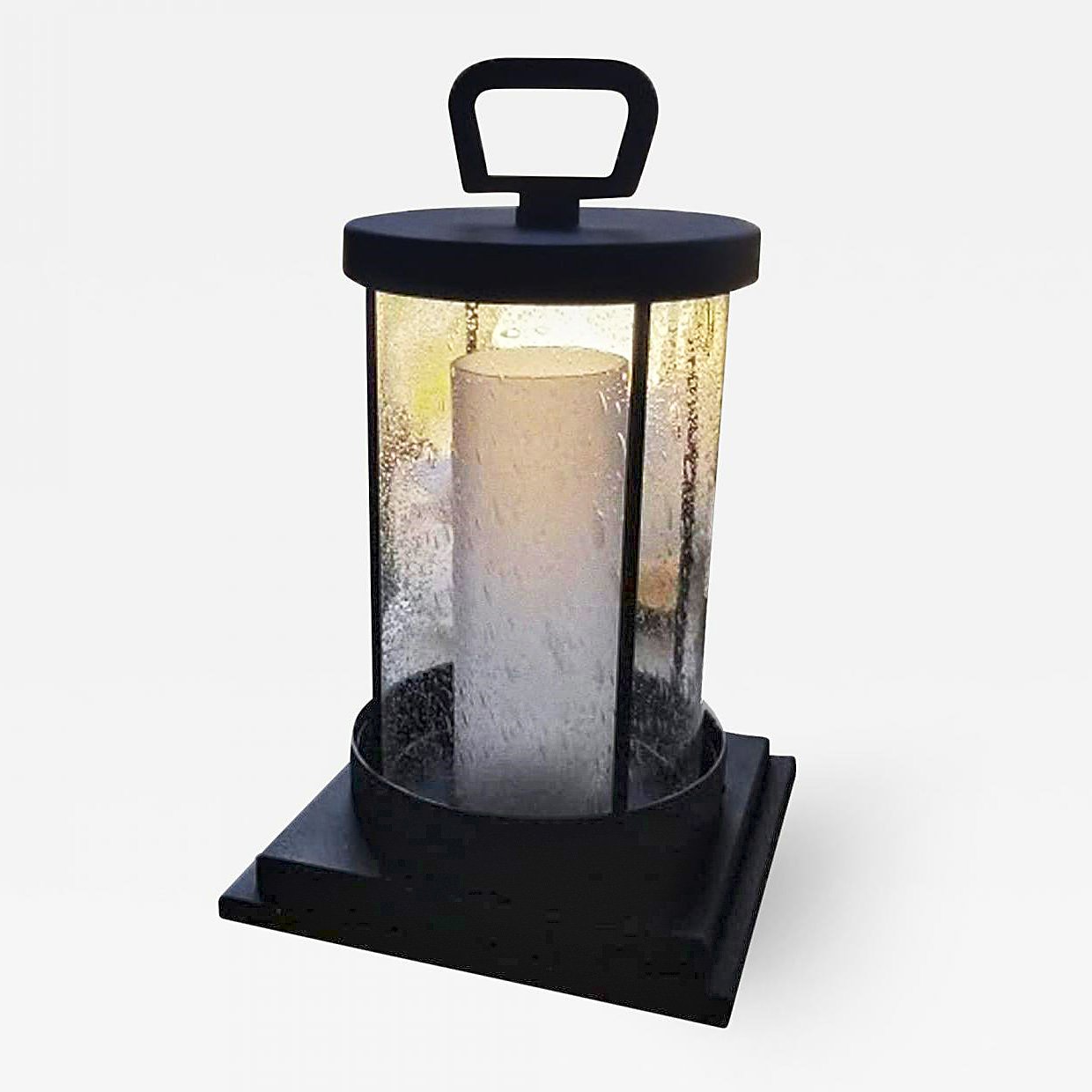 | |||
Cerro Bed | Cerro Chandelier |
|
Do you find that the industry has changed over the past few decades? What knowledge do you think architects/designers understood better in the past, and what do they understand better today?
In the past, there was a more intimate relationship with the trades and architects because of communication. Online, the blurring of the lines between architects and designers makes laypeople a “cut and paste” expert. The secret behind many of our successful projects is our relationship with clients and our way of bringing attention to the architecture. Our traditional approach and knowledge bank of designing or modifying what we’ve done before make these projects unique, rather than just clicking and picking items from a drag-down menu of sizes and finishes. When our services are procured, we do the work from the ground up.
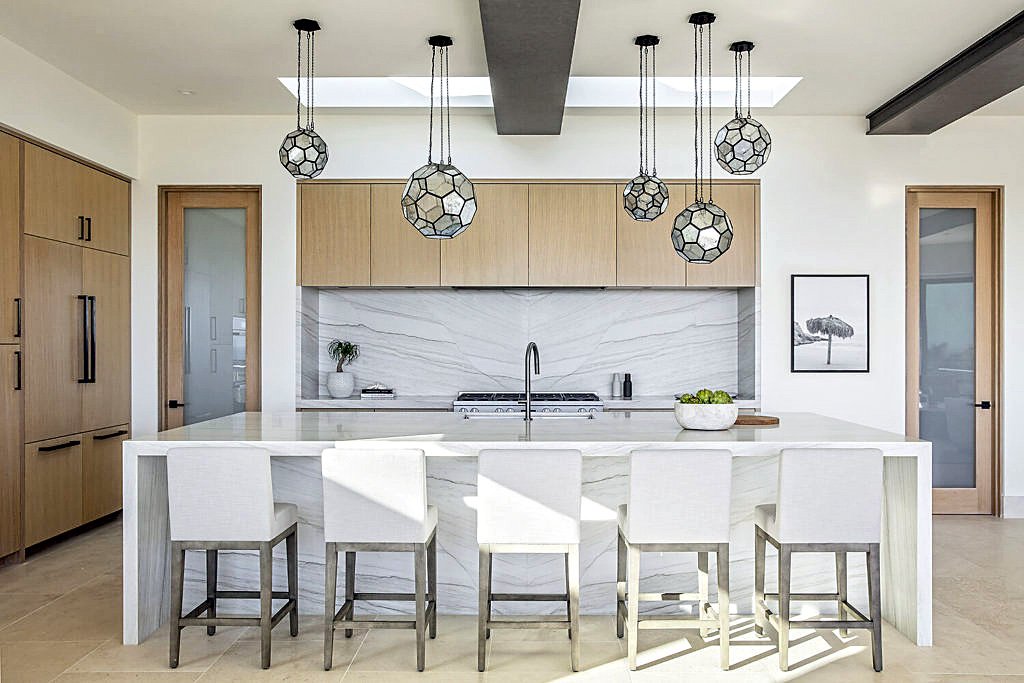 |
 |  | |
Top: Orb-style pendant lighting in a kitchen by Laura Brophy Interiors. Bottom, left: An elegant iron chandelier decorates a dining room. Bottom, right: Outdoor pendant lights from ADG Lighting. | ||
Walk us through what you think about when designing a lighting fixture for a specific space.
It’s about assessing the architecture itself and the overall context of the space. I keep in mind the balance and proportion of the relationship to other elements in the room (floor, ceiling, walls, furnishings). There is no hard-and-fast rule like what you read in articles online. The real rules imply attending to the architecture of the space and the "golden section"— a visually pleasing ratio — as well as other mathematical relationships.
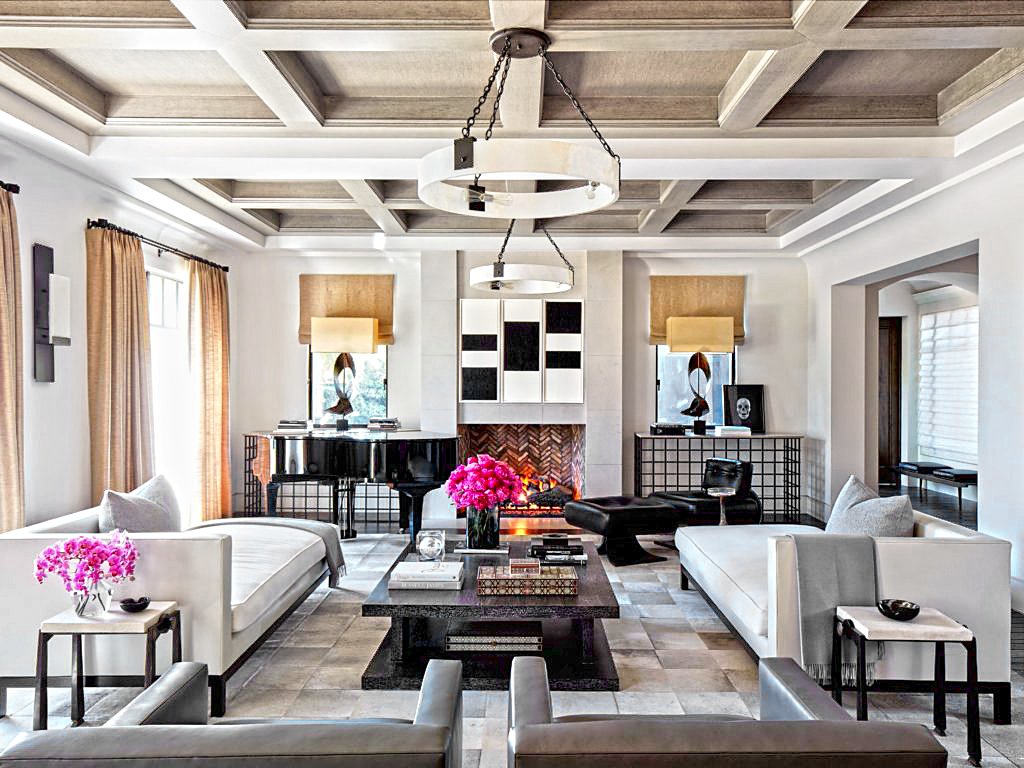 |
Lighting designed for Kourtney Kardashian’s modern living area. |
Which design periods most inspire you?
I am inspired by modern masters and architects such as Louis Kahn, Ludwig Mies van der Rohe, and the firm McKim, Mead & White. I am also influenced by innovations with materials and working with the trades to make the building process efficient and integrate functional and responsive details into the architecture.
 |  |  | ||
Tigertail Print 45 | Barbie's Pearl Necklace | Craft Ave |
Any contemporary influences?
Michael Berman, Mark Appleton, Gwathmey Siegel Kaufman Architects, Bob White, and Richard Krantz.
 |
 |  | |
Top: A Montecito dining area from Details Design with a contemporary chandelier from ADG Lighting. Bottom, left: A sophisticated patio from Details Design featuring ADG Lighting sconces. Bottom, right: A close-up of the chandelier in the dining room shown above. | ||
How does your creative process differ when you’re approaching a historical home vs. a new build?
It’s the same process. It’s the respect to the architecture and understanding those elements that have enabled us to create pieces that respect and reflect design through the centuries. This differs from product design, which doesn’t curate lighting for a specific project. Because we understand the historical context and offer a modern sensibility as to how things are made, we encourage a more rewarding design and fabrication process.
SEE MORE FROM ADG LIGHTING ON INCOLLECT
Images courtesy of ADG Lighting. If we have missed credit, please contact ADG Lighting. ADG, ADG Lighting, and the ADG logo are trademarks of Architectural Detail Group.
















